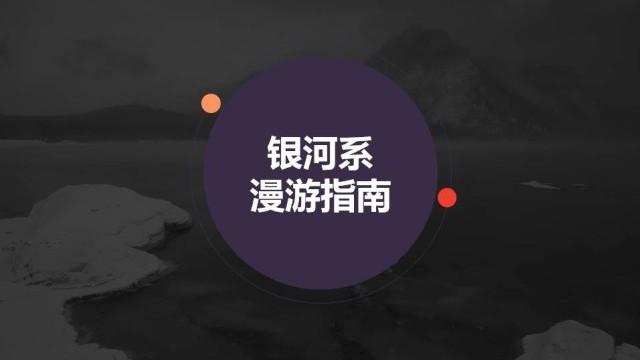5分鐘的血月 本世紀最短月全食周六到來
作者:滬江英語
來源:CNN
2015-04-04 00:00
Starting at 3:16 a.m. Pacific Daylight Time, the moon will begin moving into Earth's shadow. For the next hour and 45 minutes, that shadow will move across the moon and engulf it at 4:58 a.m. Pacific Time.
月亮將從太平洋時間凌晨3點16分開始進入地球的陰影。在接下來的1小時45分鐘里,陰影將逐漸籠罩月亮并在4點58分達到食甚。
The total?eclipse?will only last four minutes and 43 seconds, and NASA says that makes it the shortest one of the century.
這次的月全食總共只有4分43秒,美國宇航局稱這是本世紀最短的一次。
While people west of the Mississippi River will have the best view, at least a partial eclipse will be visible across the nation. But sunrise will interrupt the show on the East Coast.
整個美國都能或多或少看到這次月食,密西西比河以西是觀看的最佳地點。不過,日出會影響東海岸的人們觀看月食。
Parts of South America, India, China and Russia also will be able to see the eclipse, but it won't be visible in Greenland, Iceland, Europe, Africa or the Middle East.
南美部分地區(qū)、印度、中國和俄羅斯都能看到此次月食。而格陵蘭、冰島、歐洲、非洲和中東則無緣一見。
A lunar eclipse happens when the sun, Earth and moon form a straight line in space, with the Earth?smack?in the middle.
當?shù)厍蛭挥谔柡驮铝林g,三者同處一條直線時,月食就會發(fā)生。
The sun shines on the Earth and creates a shadow. As the moon moves deeper into that shadow, it appears to turn dark and may even appear to be a reddish color. Why red? Because Earth's atmosphere is filtering out most of the blue light. Some people have nicknamed the effect the "blood moon."
陽光照射在地球上形成了陰影。月球越接近陰影的中心,顏色就變得越深,甚至會變成紅色。為什么是紅色?因為地球大氣層過濾了絕大部分藍色。有些人管這種現(xiàn)象叫“血月”。
NASA says lunar eclipses typically happen at least twice a year, but this eclipse is the third in a series of four in a row, known as a "tetrad." The first was on April 15, 2014. The second was in September 2014, the next is Saturday and there will be one more, on September 28.
美國宇航局稱月食通常1年發(fā)生2次。但此次月食將會是1年內連續(xù)4次月食(這種現(xiàn)象被稱為tetrad,意思是4個一組)中的第3個。第1次發(fā)生在2014年4月15日,第二次是2014年9月,第三次是本周六,最后一次將在9月28日發(fā)生。











